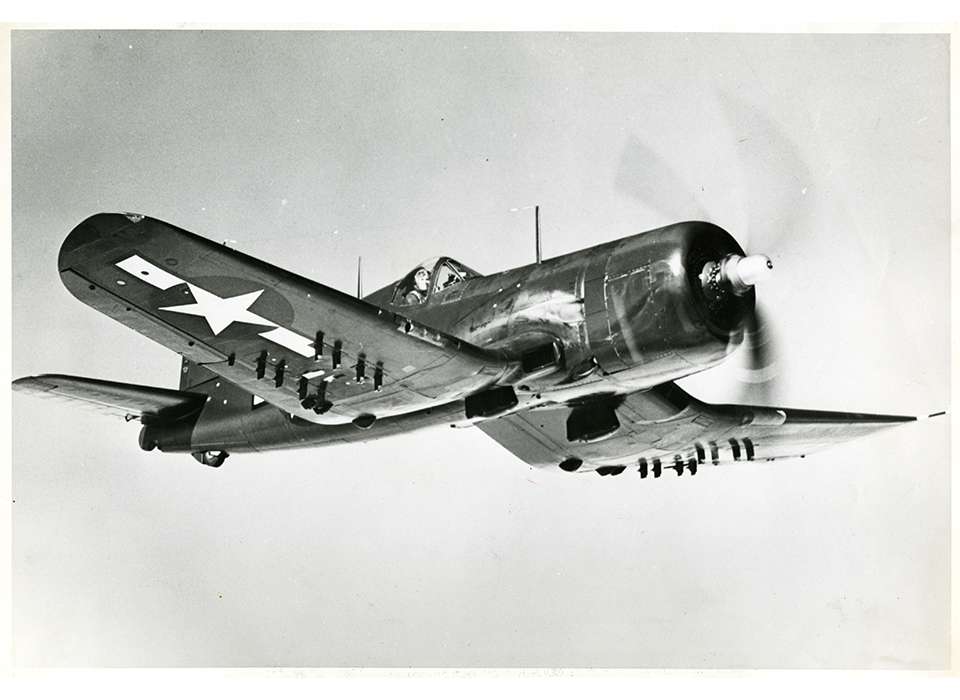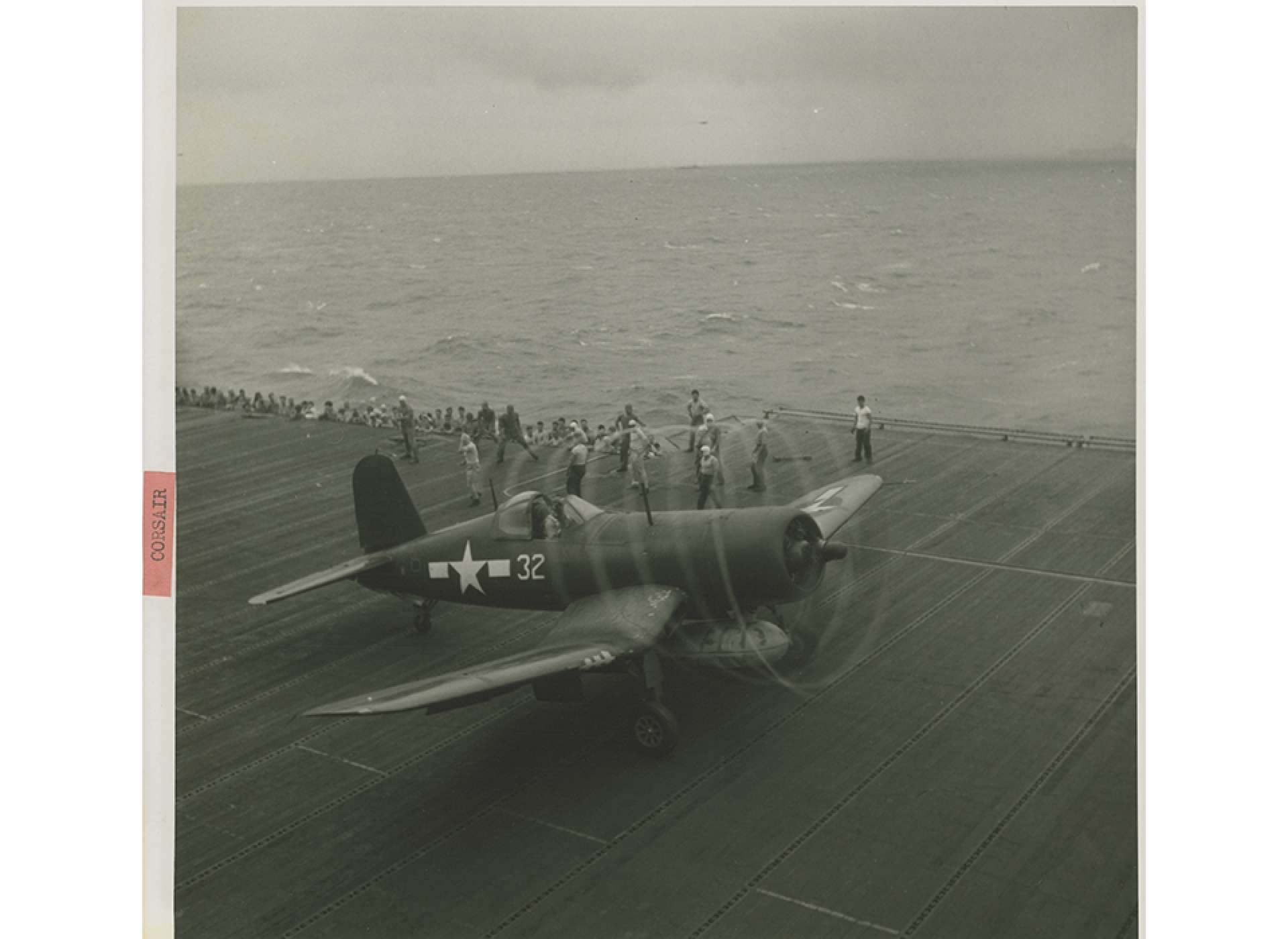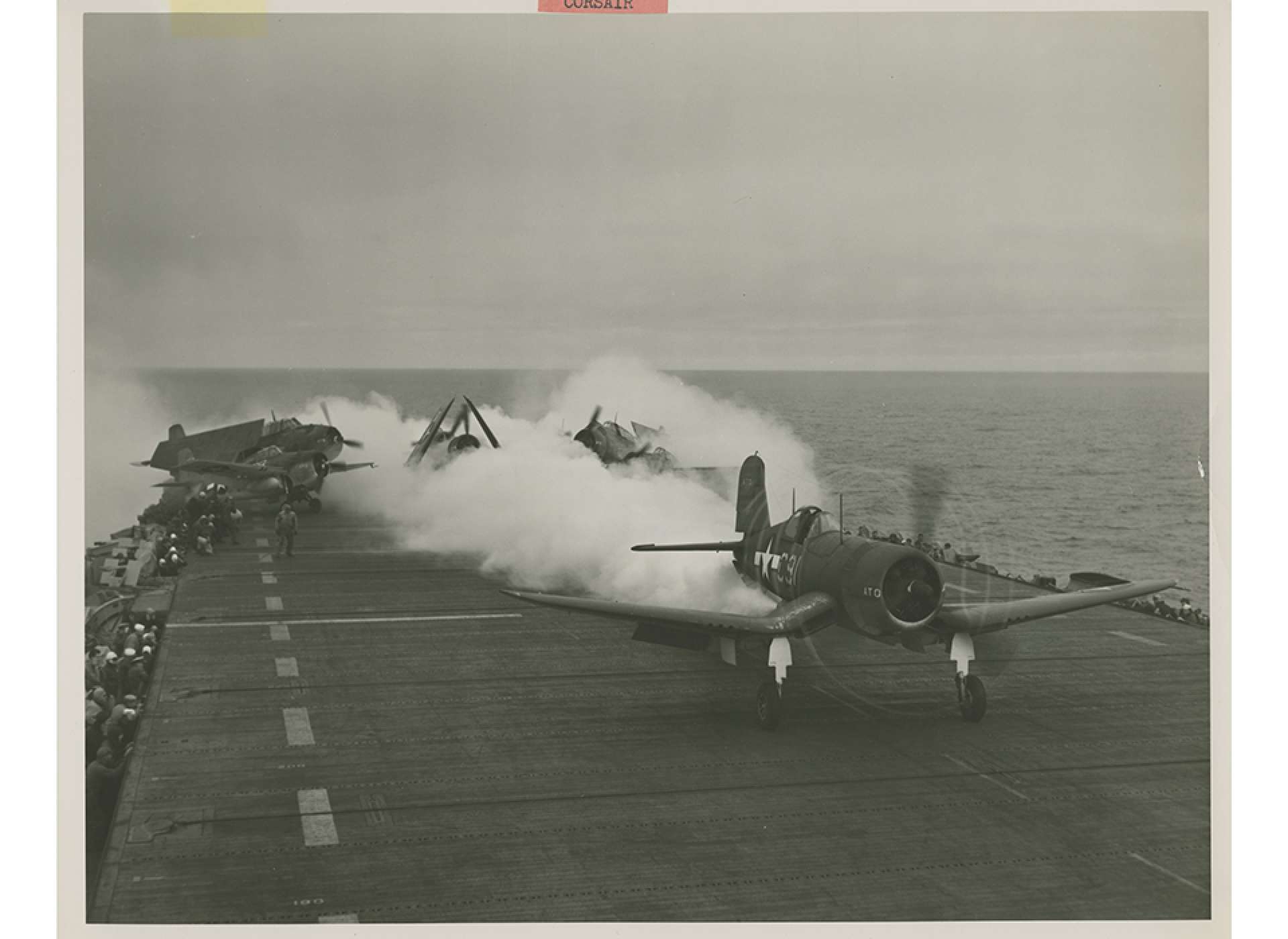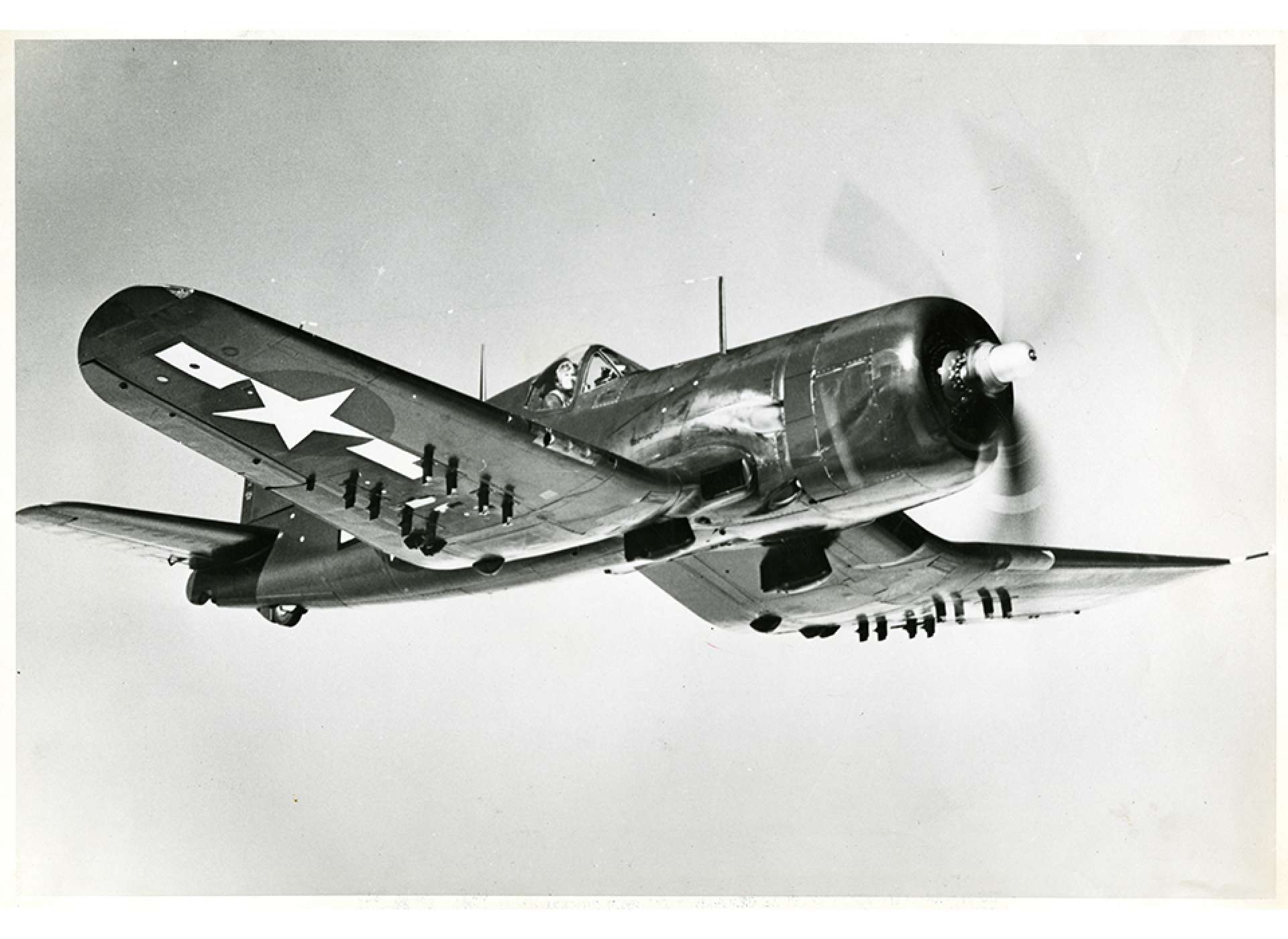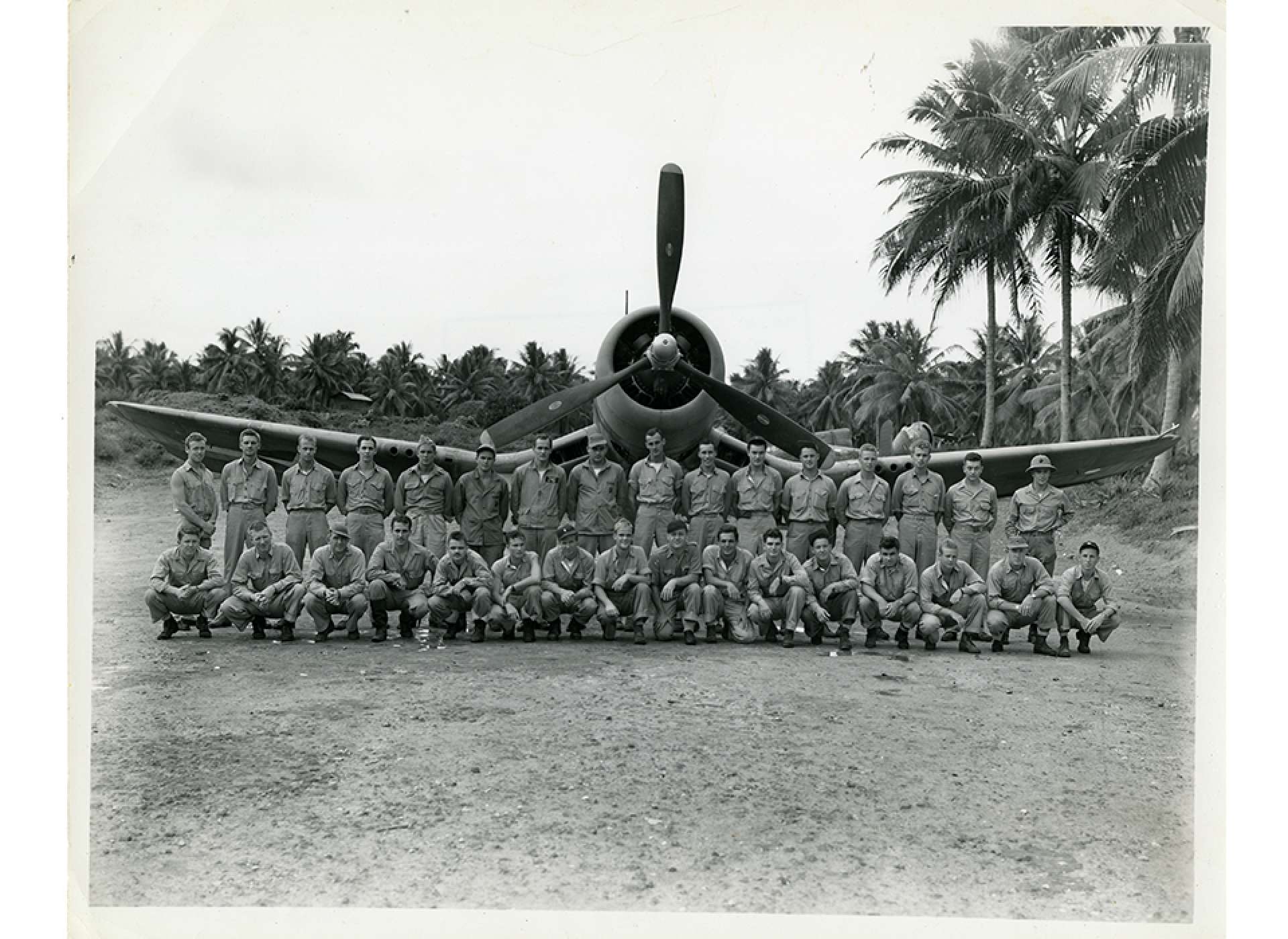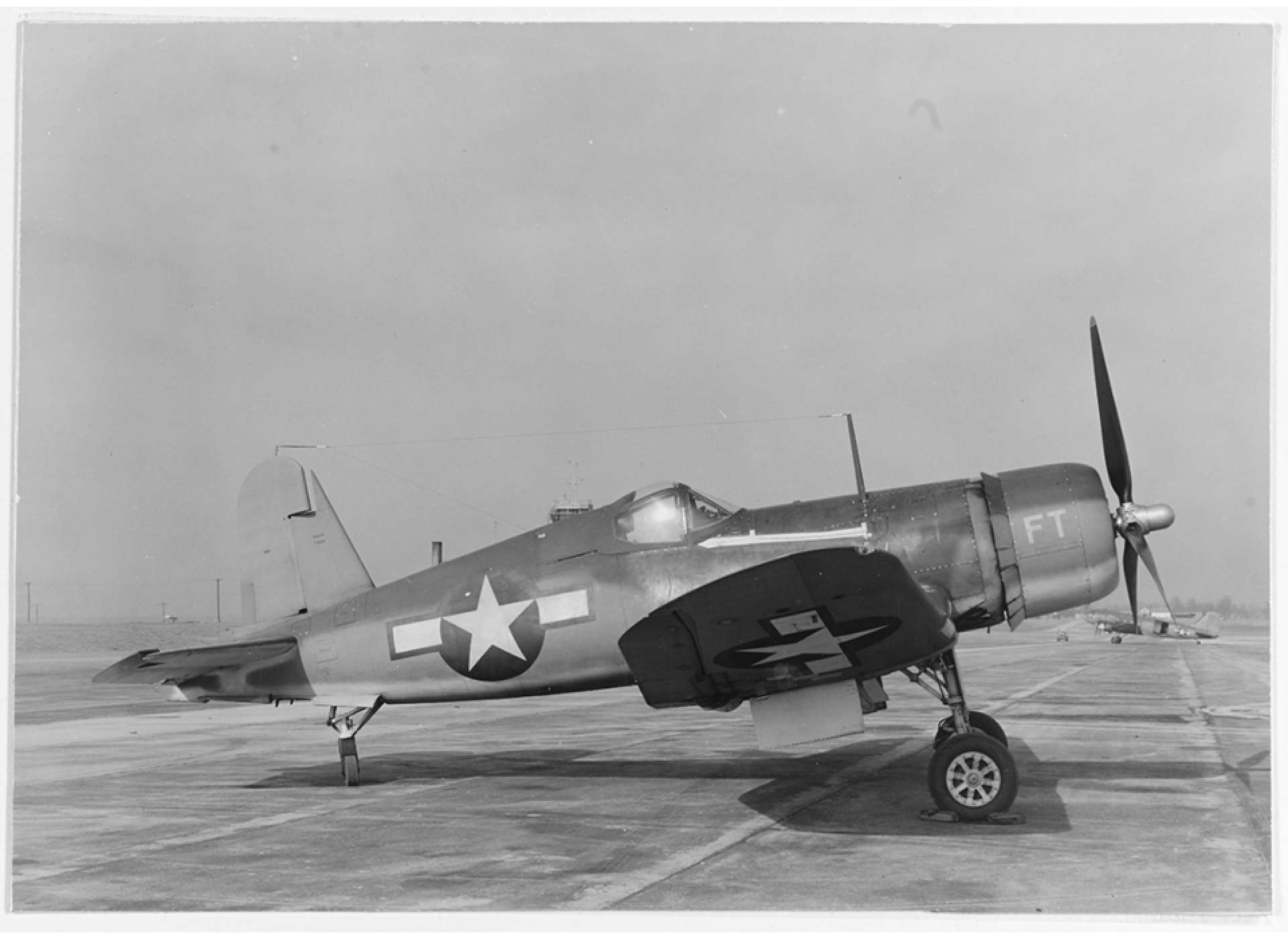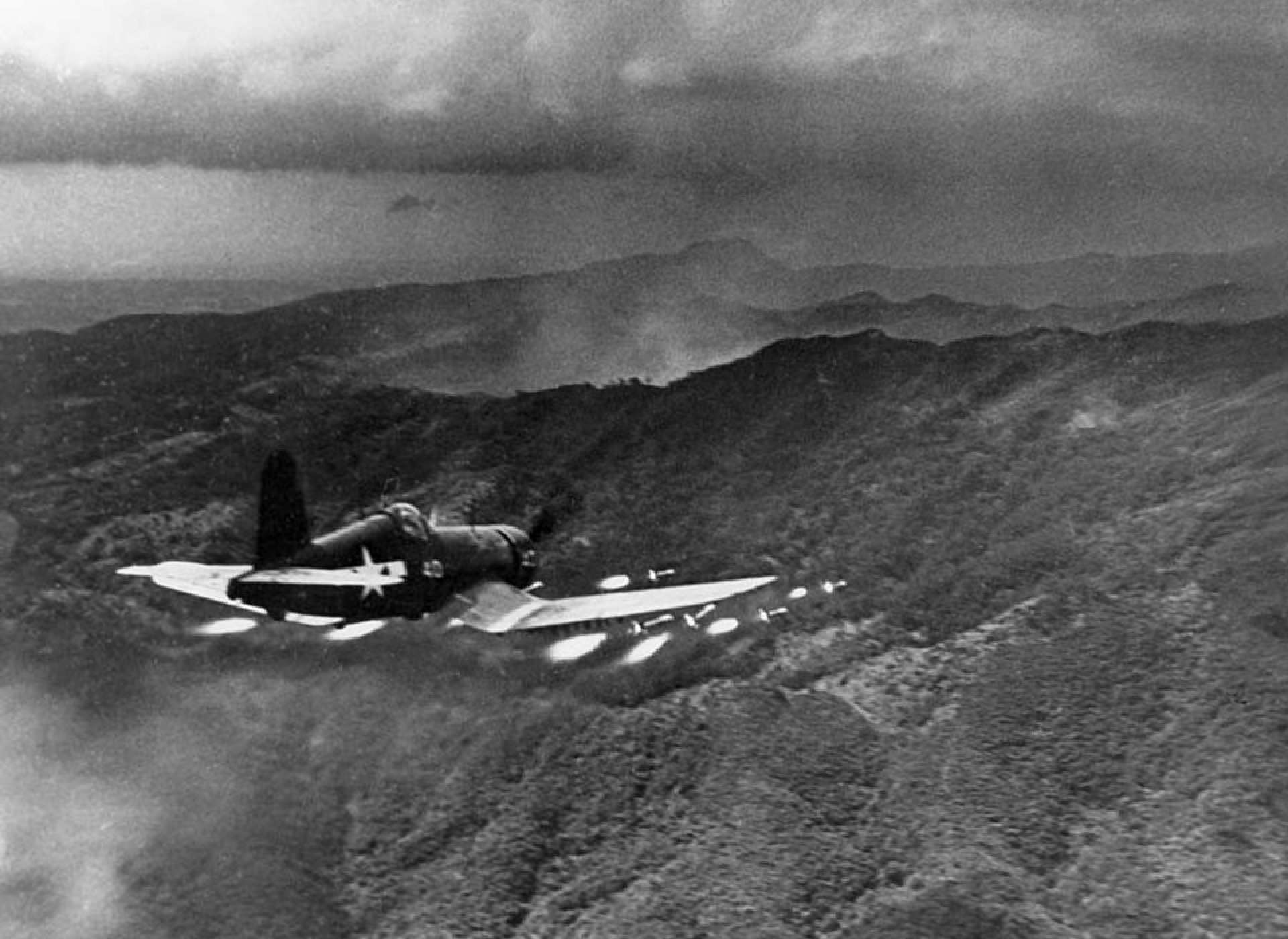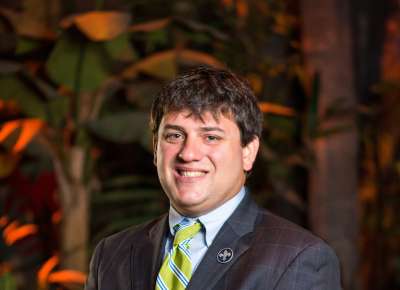Aircraft from the World War II era, more often than not, grab the imagination and attention of people more so than today’s aircraft. There is something amazing about hearing a radial engine screaming down out of the sky and pulling up at the last possible second. However, some aircraft stand out from the pack and the F4U Corsair is one of those planes. Powered by a Pratt and Whitney R-2800 Double Wasp 18-cylinder engine producing over 2000 horsepower, the Corsair could not only fly faster than 400 miles per hour, she was the first US single engine fighter to do so. It was not just fast, but also incredibly deadly, armed with six .50 caliber M2 Browning machine guns. The Corsair compiled an 11:1 kill ratio during World War II. Over 12,000 Corsairs were produced for the United States and her allies.
While initially designed as a carrier aircraft, problems with landings forced the Corsair to land-based duty with the US Marine Corps. Instead of carrier duty being a lost opportunity, land-based duty was a match made in heaven. Beginning in February 1943 in the skies over Guadalcanal and the Solomons, the Corsair quickly established itself as not just a deadly fighter in air to air combat, but also as a powerful fighter-bomber armed with 2000-pound bombs, rockets, and later, napalm. Probably the most famous US Marine Squadron to fly the Corsair was Marine Fighting Squadron 214, better known as the “Black Sheep”. Under the command of Gregory “Pappy” Boyington, VMF-214 shot down or destroyed 203 Japanese planes from August 1943 to January 1944.
-

A US Marine Corsair ready for takeoff from an Essex-class carrier on February 27, 1945. Gift In Memory of Charles Ives, 2011.102.452
-

A Corsair testing rocket assisted takeoff from an aircraft carrier in September 1944. Gift In Memory of Charles Ives, 2011.102.450
-

A F4U-4 Corsair in flight over the United States in July 1945. Gift In Memory of Isaac "Ike" Bethel Utley, 2012.019.692
-

Unit photograph of US Marine Fighting Squadron VMF-214, better known as “The Black Sheep” under command of Gregory “Pappy” Boyington. Gift In Memory of Henry "Hank" Bourgeois, 2013.643.025
-

F4U-1 Corsair at Naval Air Station Patuxent River in Maryland. Courtesy Naval History and Heritage Command.
-

US Marine Corsair firing a full load of rockets at Japanese positions on Okinawa. Courtesy Naval History and Heritage Command.
While the Corsair was finding its way as a land-based fighter in the Pacific with the Marines, the plane was also flying with the Royal Navy and Royal New Zealand Air Force. It was the Royal Navy who finally figured out the Corsairs landing issues with carriers, and in late 1944, the plane finally started operating from American aircraft carriers. Corsair squadrons operating from US flight decks would prove to be critical in combating the Japanese kamikaze threat. It was at Okinawa the Corsair was given the nickname “Angels of Okinawa” due to their success against Japanese aircraft.
By the end of the war, the Corsair flew over 64,000 sorties, shot down over 2,000 enemy aircraft, and only lost 189 planes in action to the enemy. The Corsair had the lowest loss rate in the Pacific War for an aircraft. However, the end of World War II was not the end of service for the Corsair. It went on to fight in the Korean War with the Americans, and it was not until the late 1970s that the aircraft was finally out of front-line service in foreign air forces. During its time in service, the Corsair established itself as a rugged and powerful aircraft feared by adversaries. Its mystique has not dimmed with time, and it is still one of the most beloved American planes from World War II.
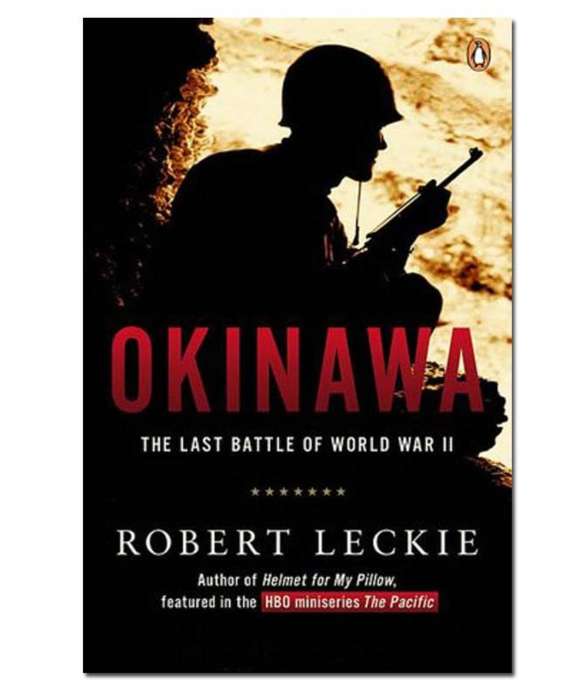
Okinawa: The Last Battle of World War II
Support the continuing educational mission of The National WWII Museum by shopping our Museum Store book selection.
James Linn
A New Orleans native, James Linn first became involved with the institution then known as The National D-Day Museum in 2001 as an eighth-grade volunteer on weekends and during the summer. Linn joined The National WWII Museum staff in 2014 and served as a Curator until 2020.
Cite this article:
MLA Citation:
APA Citation:
Chicago Style Citation:
